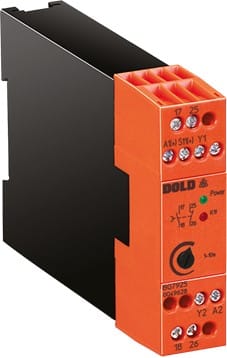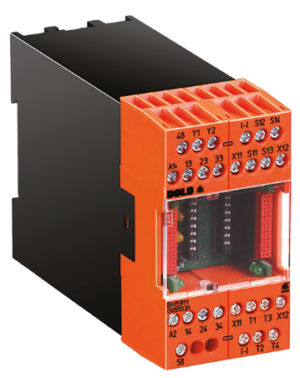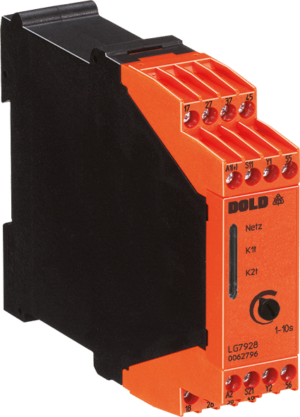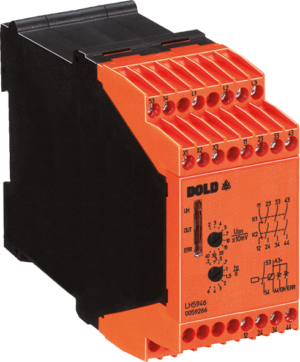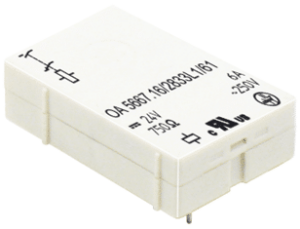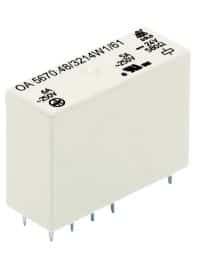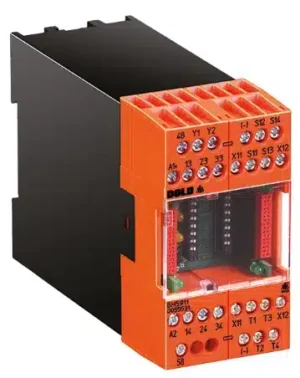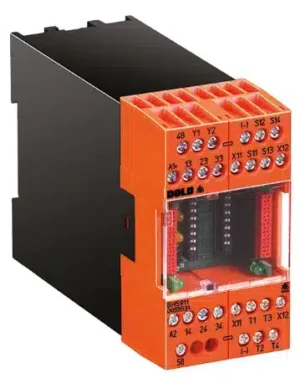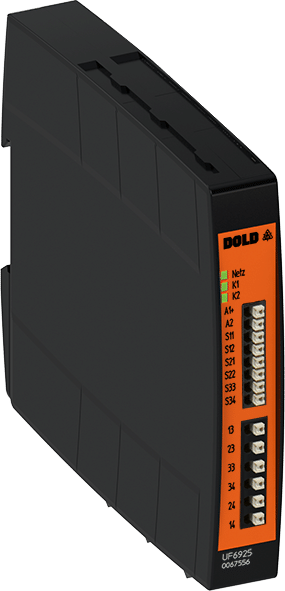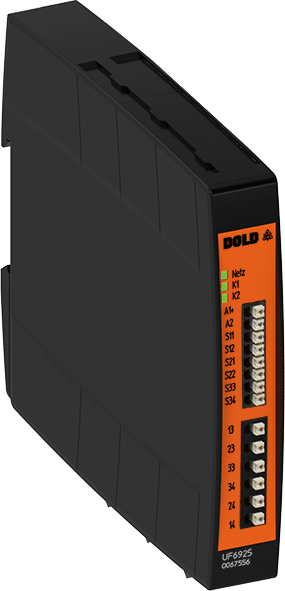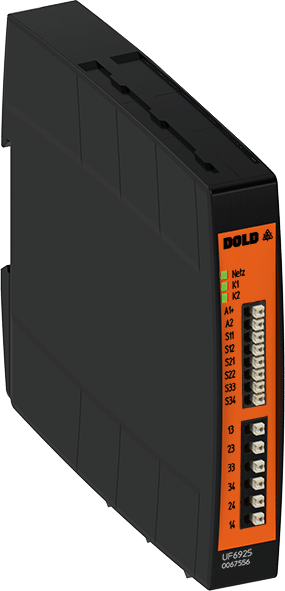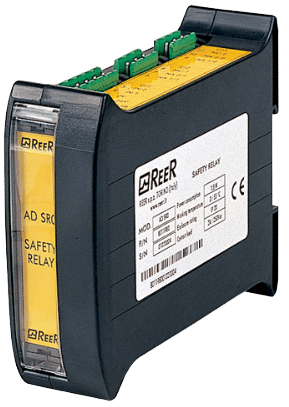Importance of Safety in Industrial Environments In today’s complex and highly automated industries, ensuring safe operation of machinery is non-negotiable. Safety relays, safety control solutions,…
Importance of Safety in Industrial Environments
In today’s complex and highly automated industries, ensuring safe operation of machinery is non-negotiable. Safety relays, safety control solutions, and related safety devices play a vital role in reducing risks, preventing injury, and complying with worldwide safety standards.
Industries ranging from automotive and manufacturing to food processing and pharmaceuticals require tailored safety functions that protect both equipment and personnel. The implementation of effective safety circuits, force-guided contacts, and diagnostic options not only ensures compliance with functional safety standards but also helps avoid unplanned downtime and expensive equipment damage.
Understanding Safety Control Solutions
Definition and Purpose
Safety control solutions are systems designed to monitor, evaluate, and react to faults in industrial environments. These solutions rely on components like safety relay modules, modular safety relays, and safety controllers to execute predefined logic in the event of an unsafe condition—such as a triggered emergency stop, opened safety gate, or detected hazardous situation.
The primary purpose is to interrupt the power to the machine or bring it to a controlled stop using relay safety outputs or safety switching outputs, ensuring maximum safety at all times.
Key Components
A typical safety control system may include:
- Safety relays for fast fault detection and fail-safe operation
- Safety input devices like emergency stop buttons, safety mats, or two-hand controls
- Safety gate monitors for tracking open/close conditions
- Safety door switches and interlock switches for perimeter protection
- Safety contacts and auxiliary contacts for reliable signal flow
- Control cabinets for housing all components with secure screw terminals or push-in connection technology
These systems are highly configurable and can include both single-function safety relays and advanced configurable safety modules depending on the level of risk and complexity.
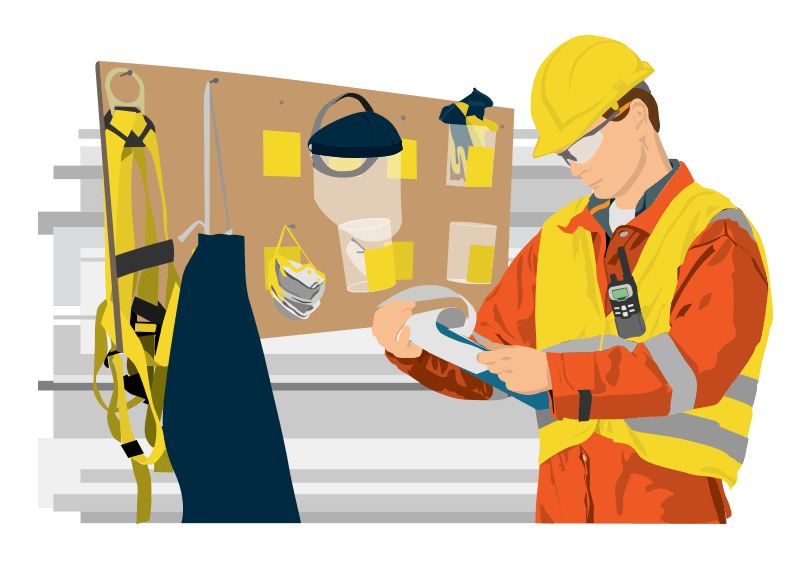
Types of Safety Control Solutions
Safety Relay Modules
Safety relay modules are the backbone of many safety circuits. Designed for tasks like emergency stop, light curtain monitoring, or two-hand operation, they operate with predefined logic and deliver fast, reliable switching through relay safety outputs.
They often include:
- Detachable terminal blocks or removable terminals for flexible wiring
- Visual indicators and fault diagnosis via LEDs
- Options for manual reset or automatic reset depending on the application
- Support for both 1-channel and 2-channel operation
These modules meet various safety category and performance level requirements, including SIL and PL ratings.
Safety Controllers
Safety controllers are more flexible and powerful than standalone relay modules. They are capable of handling multiple safety input devices and offer advanced features such as:
- Configurable safety functions for multiple zones or logic paths
- Support for complex safety requirements like muting, zoning, and override conditions
- Monitoring of safety devices and real-time status updates
- Compatibility with non-contact safety switches, light barriers, and pressure sensitive devices
Some modern models, like the 440C-CR30 Software Configurable Safety Relay, also integrate with automation networks (e.g., CIP Safety, Ethernet/IP), making them suitable for Industry 4.0 environments.
Key Functions of Safety Relays
E-Stop Functions
One of the most common safety relay applications is emergency stop (E-stop) integration. When an emergency stop button is activated, the relay triggers immediate disconnection of power via relay outputs. These systems:
- Use force-guided contacts to prevent welding
- Require manual reset after activation
- Feature mirror contact performance to detect stuck or failed relays
This setup ensures operator protection during unexpected events and is a standard across almost all machine categories.
Safety Gate Monitoring
Safety relays also monitor safety doors and interlock switches to prevent machine operation when guards are open. This is critical for preventing access to hazardous motion areas. Many relays support:
- Dual-channel operation for redundancy
- Integration with modular safety relays
- Built-in diagnostic options for fast troubleshooting
Gate monitoring relays are widely used in mechanical engineering applications to enforce safe workflows.
Frequency Monitoring
In rotating or motion-intensive equipment, frequency monitoring safety relays are essential. These relays monitor the speed of motors or conveyor systems and trigger shutdowns if predefined time or frequency thresholds are exceeded—often due to external fault, jam, or imbalance.
Advanced models allow accurate timer functions, OFF-delay configurations, and seamless integration into the entire safety chain.

Safety Standards and Certifications
Common Safety Standards
All safety relays and safety controllers must adhere to international functional safety standards to ensure proper machine protection. The most widely adopted standards include:
- ISO 13849-1: Safety of machinery – Performance levels (PL)
- IEC 62061: Functional safety of electrical control systems (SIL levels)
- IEC 61508: General functional safety standard
- EN 60204-1: Safety of machinery – Electrical equipment
These standards help define performance levels, acceptable response time, and structural redundancy requirements for applications such as emergency stop buttons, light barriers, and interlock switches.
Role of Force-Guided Contacts
Force-guided contacts (also known as mechanically linked contacts) are a critical element of safety relay modules. In the event of a fault—such as contact welding—these contacts prevent contradictory output states, ensuring that if one contact fails, others will not falsely indicate a safe state.
They are essential in:
- E-stop functions
- Two-hand controls
- Safety gate monitoring
- Systems that demand mirror contact performance
Their reliability enables fail-safe operation, which is fundamental to maintaining compliance with safety category and performance level ratings.
Comparing Safe vs. Non-Safe Electromechanical Relays
A safety-certified relay differs significantly from a standard electromechanical relay in both design and behavior.
| Feature | Safety Relay Modules | Conventional Relays |
|---|---|---|
| Force-guided contacts | ✅ Required | ❌ Absent |
| Manual or monitored reset | ✅ Included | ❌ Not supported |
| Integrated diagnostics | ✅ Often standard | ❌ Rare |
| Certification (SIL/PL) | ✅ Mandatory | ❌ Not certified |
| Application in safety functions | ✅ Yes (E-stop, guards, light curtains) | ❌ General purpose only |
Choosing a non-safe relay in place of a certified module can lead to system failures, non-compliance with safety requirements, and serious hazardous situations in high-risk industries.
Evolution of Safety Relays
Incorporating Multifunctionality
Modern safety relays are increasingly designed as modular safety relays capable of handling multiple functions within a single device. Today’s systems can:
- Monitor up to four safety input devices simultaneously
- Switch multiple relay safety outputs or control larger contactors
- Support both time bypass and OFF-delay time functions
- Offer flexible configuration via DIP switches or software
These advanced safety solutions reduce wiring, save space in control cabinets, and simplify diagnostic options for technicians.
Integration with Modern Protocols (e.g., PROFINET)
To support the Industry 4.0 shift, many safety relays now offer direct integration with industrial communication protocols such as:
- PROFINET
- EtherCAT
- CIP Safety / Ethernet/IP
- AS-Interface Safety at Work
This capability allows:
- Real-time diagnostics across networks
- Remote manual reset functionality
- Integration with automation systems for predictive maintenance and analytics
This merging of safety and control functions results in efficient safety control relays that support both safety and productivity.
Case Study: SIRIUS 3SK Series
The SIRIUS 3SK series from Siemens represents a next-generation approach to safety relay modules. Known for:
- Compact design for DIN rail mounting
- Compatibility with both 1-channel and 2-channel operation
- Built-in diagnostics and push-in connection technology
- Fast replacement thanks to removable terminals
This series supports a variety of applications—from emergency stop relay functions to safety gate monitors—and complies with all relevant safety levels and certifications. The 3SK models also feature optional expansion modules for relay safety outputs, accommodating system growth over time.
Advanced Safety Controllers
Overview of samos® PRO COMPACT
The samos® PRO COMPACT safety controller by Wieland is a standout example of advanced safety control for modular systems. It offers:
- Support for up to 116 safe inputs and 56 safe outputs
- Built-in software for custom configuration
- Response time below 10 ms
- Integration with non-contact safety switches, E-stops, and safety sensors
Its scalable platform makes it suitable for both compact safety relay modules and complex, distributed safety architectures.
Integration of Safety and Automation
samos® PRO COMPACT and similar systems illustrate the integration of safety and automation—blurring the line between logic control and protective functions. Benefits include:
- Single-platform design for both safety and standard I/Os
- Streamlined wiring and fewer points of failure
- Unified programming environment for rapid deployment
- Seamless connectivity to modern fieldbuses and SCADA systems
This convergence helps future-proof your operations while aligning with applicable safety requirements and evolving mechanical engineering demands.
Deciding Between Safety Relays and Controllers
Speed and Simplicity vs. Comprehensive Control
When selecting between safety relays and safety controllers, the choice often comes down to operational complexity and system flexibility. Safety relays are ideal for simple applications such as emergency stop functions, light barriers, and safety gate monitoring. They offer speed and simplicity, with minimal wiring and configuration required, making them perfect for straightforward, single-function tasks.
On the other hand, safety controllers are suited for comprehensive control in larger or more complex installations. They support multiple safety input devices, enable configurable safety functions, and offer integration with modern communication protocols like PROFINET, EtherCAT, and CIP Safety. These systems are designed for scalability and diagnostics, making them a better fit for dynamic industrial environments.
Factors to Consider
To determine the right solution for your setup, consider the following:
- Application complexity: Use relays for basic systems and controllers for multifunction systems.
- Number of I/Os: Controllers are more efficient when managing many inputs and outputs.
- Network integration: Controllers support integration with automation systems and fieldbus protocols.
- Future expansion: Controllers provide better scalability for evolving requirements.
- Compliance: Both options must meet safety standards and support required performance levels.
Benefits of Implementing Effective Safety Control
Implementing a robust safety control solution not only enhances workplace safety but also brings operational advantages. Key benefits include:
- Maximum safety for personnel through fast, reliable fault detection
- Fail-safe operation to prevent accidents and reduce liability
- Reduced downtime due to built-in diagnostic options and quick resets
- Compliance with international safety standards, including SIL and PL ratings
- Improved system visibility, especially when using smart safety controllers
Whether you’re deploying safety relay modules for individual machines or integrating a full safety controller into a plant-wide system, these technologies ensure safer, more efficient, and regulation-compliant operation.
